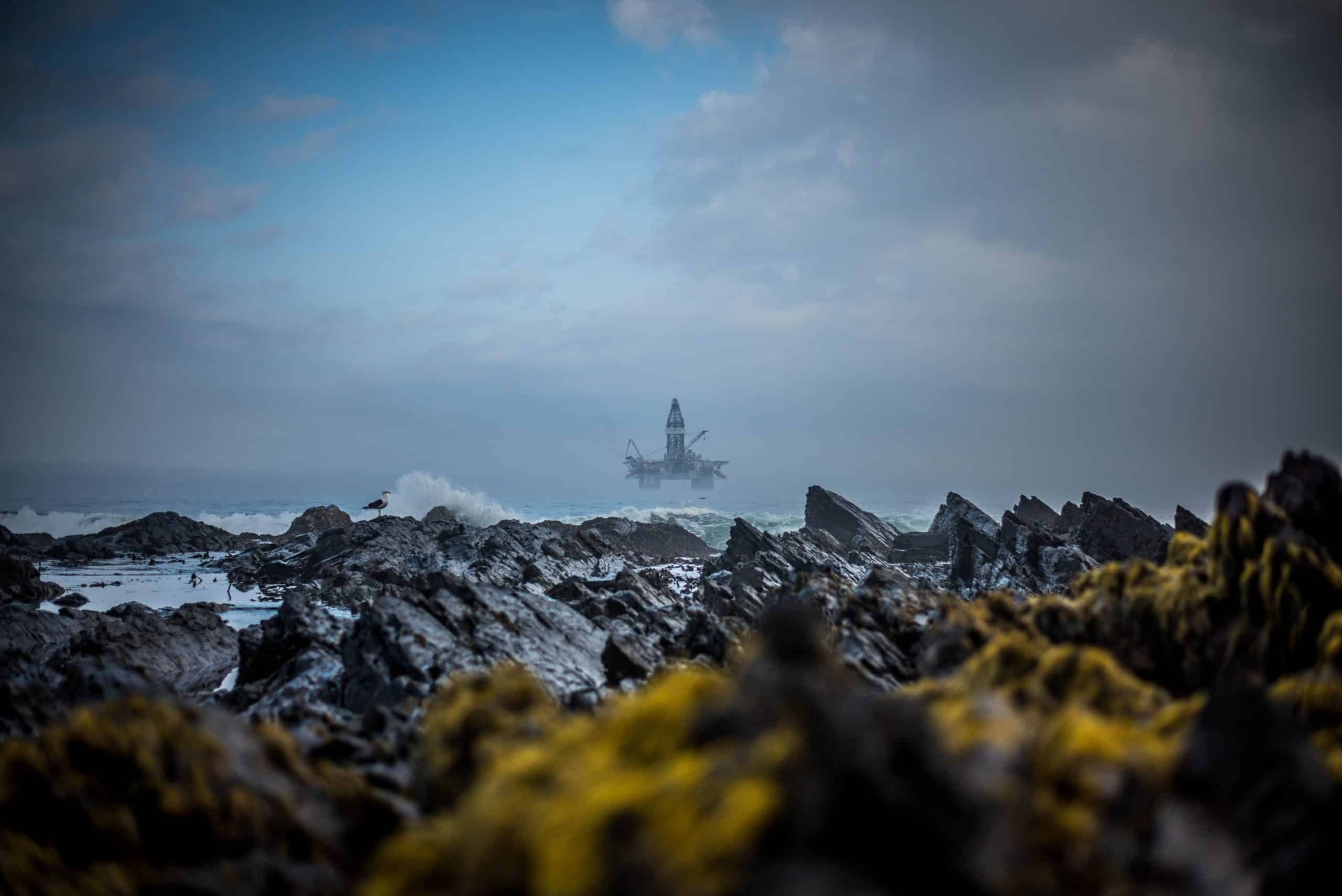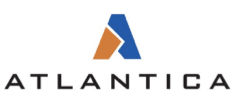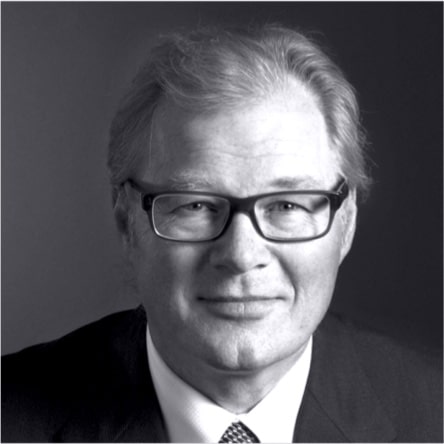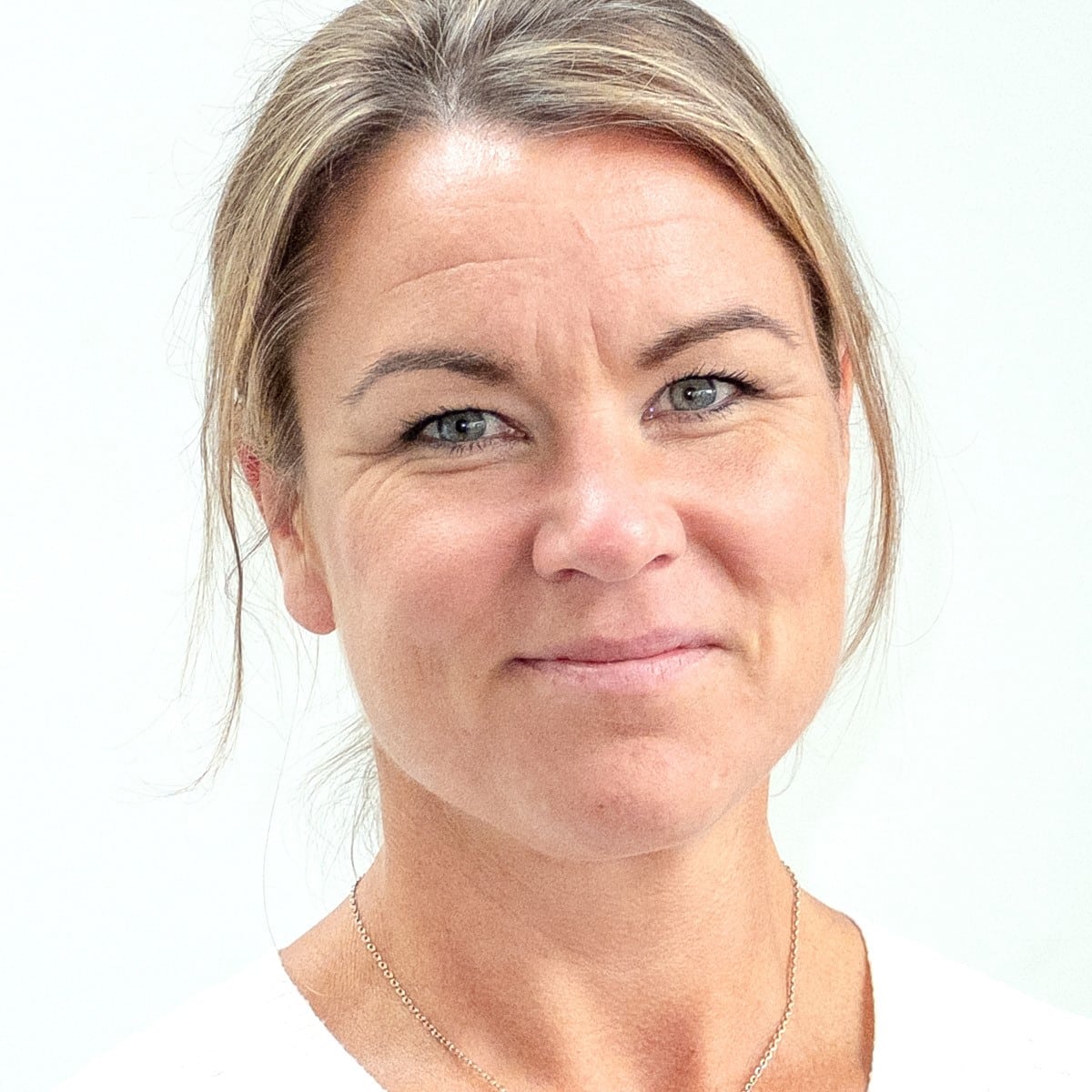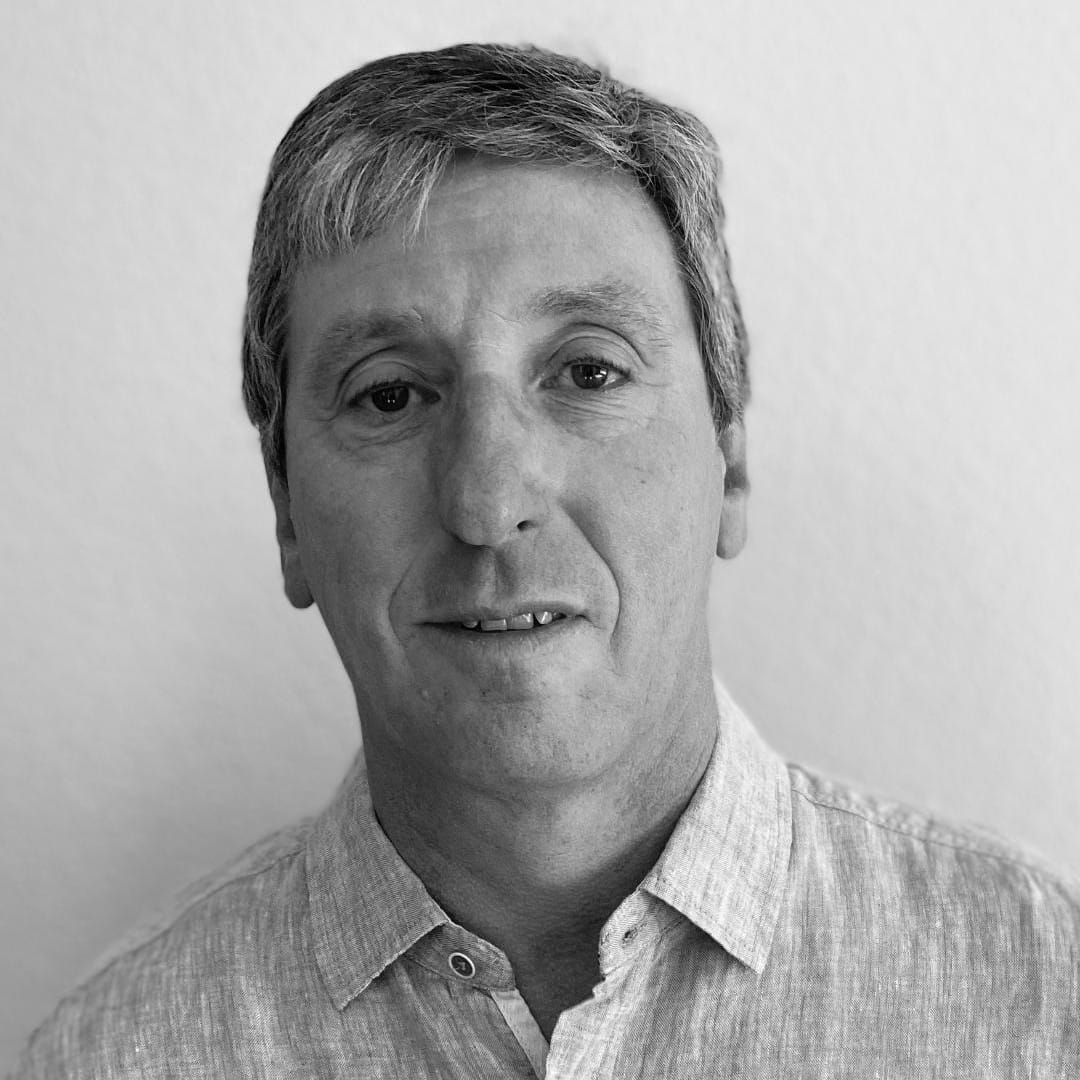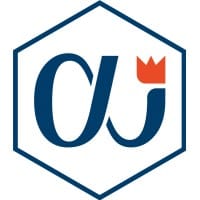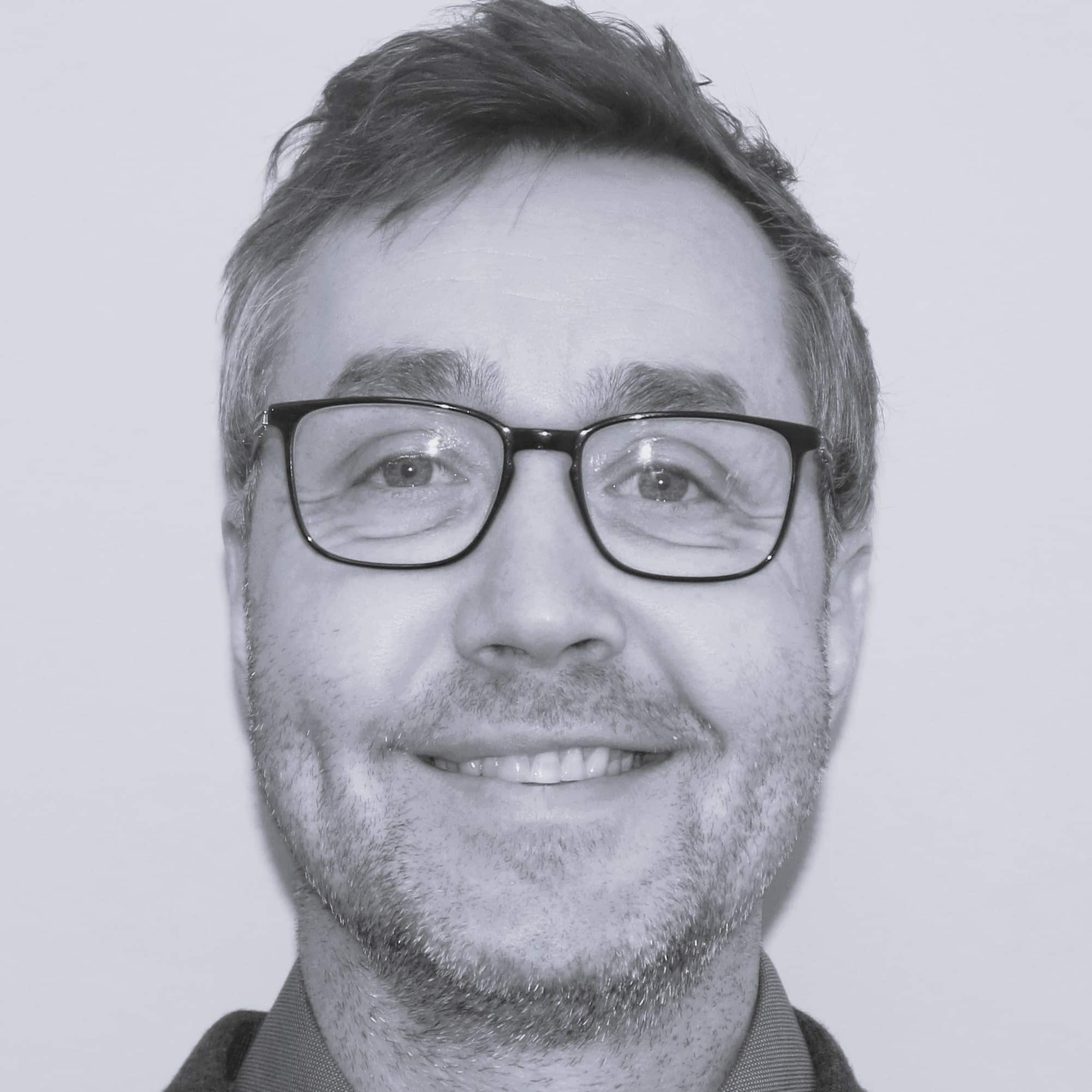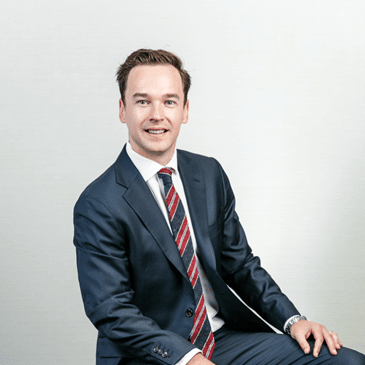To say the Norwegian floater market has been going through a quiet spell in 2022 could be a significant understatement.
There have been few tenders, fewer fixtures and some market indications that at least three units will be either leaving the sector for certain or are marketed elsewhere. However, despite this, there has been an air of anticipation that Norway will soon begin to see an influx of tendering activity and fixtures for predominantly long-term development scopes from late 2023 and beyond.
On August 24, with Odfjell Drilling’s announcement that Deepsea Stavanger had secured a five-year scope with Aker BP beginning in 2025, the market may have received a signal that the quiet period is coming to an end. It has not yet been confirmed which development projects Deepsea Stavanger will be deployed to drill, however, there are multiple possibilities that will depend on partner and governmental approvals of development plans.
Interestingly, the dayrate for the charter will be variable and market based, within a pre-agreed range of USD 620 million to USD 730 million as a base value. This variable gives a rate roughly between USD 340,000 and USD 400,000 per day. The exact rate will be set by two brokers nine months prior to each calendar year and the ceiling of the rate range shall be adjusted based on an inflation adjustment formula starting from June 2023.
So, can we see this contract as an indicator of things to come? Certainly another recent fixture for work beginning in second half 2023 is understood to be fixed at around USD 340,000 a day – at least a year earlier than the Deepsea Stavanger charter will kick off. By 2025, Esgian Rig Analytics dayrate forecast is predicating the range for harsh-environment semisubs to be between USD 360,000 and 410,000 per day up to a range of USD 380,000 to USD 430,000 by the second half of 2027. This will be largely dependent on the progress of the market.
In addition to the market based dayrates, Aker BP will pay performance and fuel savings incentive bonuses. According to Esgian Rig Analytics sources, Deepsea Stavanger is eligible for an energy upgrade in the coming future. If this comes through and the unit gets a green makeover, equal to sister rig Deepsea Atlantic, which has already undergone Odfjell’s Green Rig program and boosts a Siemens Blue Drive system under the hood, this will be a considerable energy efficiency upgrade.
According to Esgian’s Greenpact Rigs calculations and models, a rig with such an upgrade may see a fuel reduction of up to 5 tonnes per day on an average development well, if the system is utilised at its full capacity. If the contract is agreed according to today’s fuel consumption, it is likely this upgrade, if realised, will generate decent bonuses throughout the rig’s firm five year contract.
There have been few tenders, fewer fixtures and some market indications that at least three units will be either leaving the sector for certain or are marketed elsewhere. However, despite this, there has been an air of anticipation that Norway will soon begin to see an influx of tendering activity and fixtures for predominantly long-term development scopes from late 2023 and beyond.
On August 24, with Odfjell Drilling’s announcement that Deepsea Stavanger had secured a five-year scope with Aker BP beginning in 2025, the market may have received a signal that the quiet period is coming to an end. It has not yet been confirmed which development projects Deepsea Stavanger will be deployed to drill, however, there are multiple possibilities that will depend on partner and governmental approvals of development plans.
Interestingly, the dayrate for the charter will be variable and market based, within a pre-agreed range of USD 620 million to USD 730 million as a base value. This variable gives a rate roughly between USD 340,000 and USD 400,000 per day. The exact rate will be set by two brokers nine months prior to each calendar year and the ceiling of the rate range shall be adjusted based on an inflation adjustment formula starting from June 2023.
So, can we see this contract as an indicator of things to come? Certainly another recent fixture for work beginning in second half 2023 is understood to be fixed at around USD 340,000 a day – at least a year earlier than the Deepsea Stavanger charter will kick off. By 2025, Esgian Rig Analytics dayrate forecast is predicating the range for harsh-environment semisubs to be between USD 360,000 and 410,000 per day up to a range of USD 380,000 to USD 430,000 by the second half of 2027. This will be largely dependent on the progress of the market.
In addition to the market based dayrates, Aker BP will pay performance and fuel savings incentive bonuses. According to Esgian Rig Analytics sources, Deepsea Stavanger is eligible for an energy upgrade in the coming future. If this comes through and the unit gets a green makeover, equal to sister rig Deepsea Atlantic, which has already undergone Odfjell’s Green Rig program and boosts a Siemens Blue Drive system under the hood, this will be a considerable energy efficiency upgrade.
According to Esgian’s Greenpact Rigs calculations and models, a rig with such an upgrade may see a fuel reduction of up to 5 tonnes per day on an average development well, if the system is utilised at its full capacity. If the contract is agreed according to today’s fuel consumption, it is likely this upgrade, if realised, will generate decent bonuses throughout the rig’s firm five year contract.

As it stands, the market is expected to tighten considerably moving into mid-to-late 2023 and beyond. As mentioned, there is a likelihood of at least two semis leaving the Norwegian sector for work in the Golden Triangle, while other units that are currently based in Norway have been bid for work in the tightening UK market. While this is all well and good for now, with a reduced supply already expected to lead to a competitive utilisation point in the 90s by late 2023, there is potential for the Norwegian market to “sell out” should all of the planned long-term development drilling programmes kick off in the period between 2024 and 2026 as is currently forecast.
In such a scenario, there may be instances of reactivations, however, there are very few units left that are capable of working in Norway that could be reactivated following the spate of retirals and scrapping that followed the 2020 downturn. The rigs that are set to leave the sector may return to Norway following their work scopes abroad, however, this will only happen if the economics make sense – there may be more viable and attractive scopes that come up that will keep them out of the sector. Finally, there is a chance that some newbuild units could eventually be delivered to enter the market – the two former Awilco newbuilds, which are now managed by Dolphin, could become increasingly attractive due to their eco credentials as well as their availability.
By Sarah McLean and Jaro Aarseth
Image: Clyde Thomas
